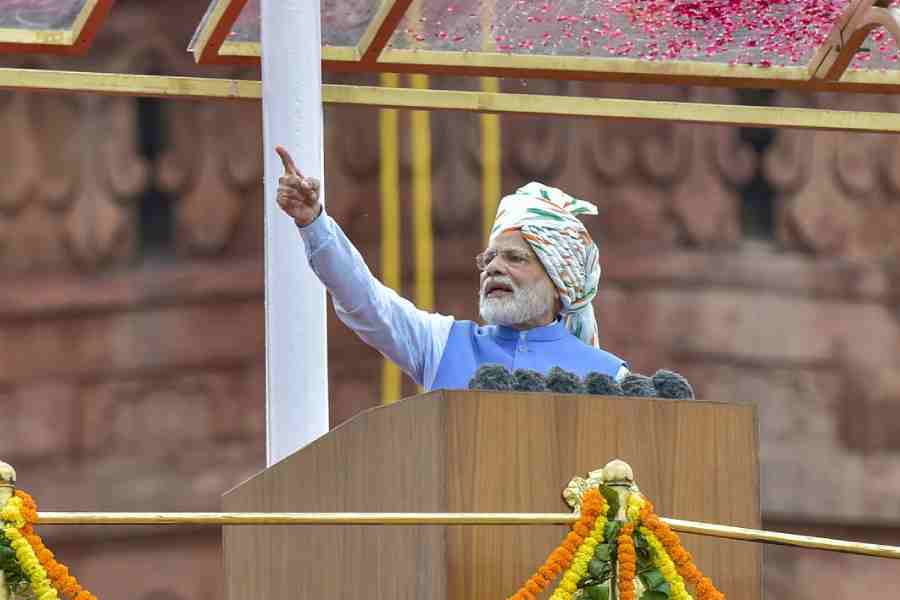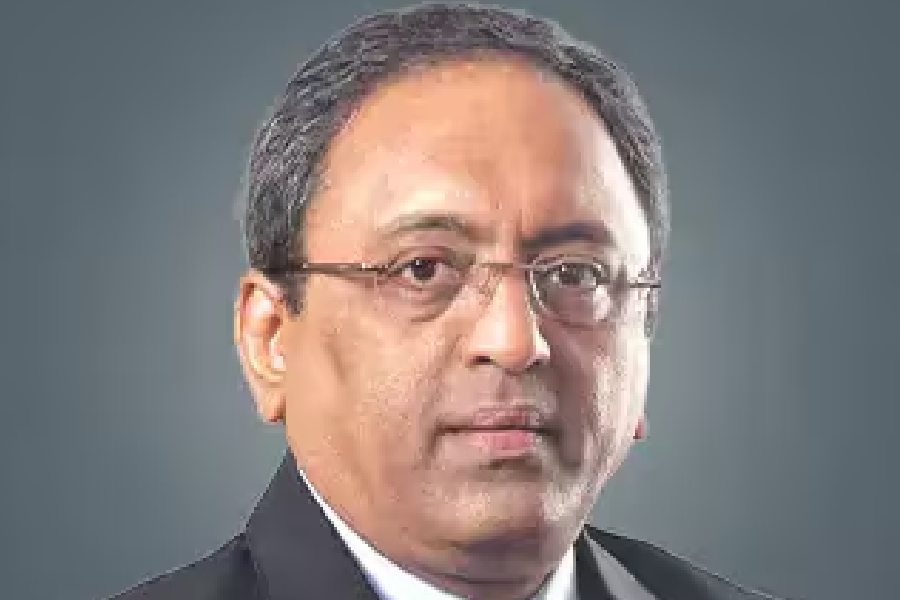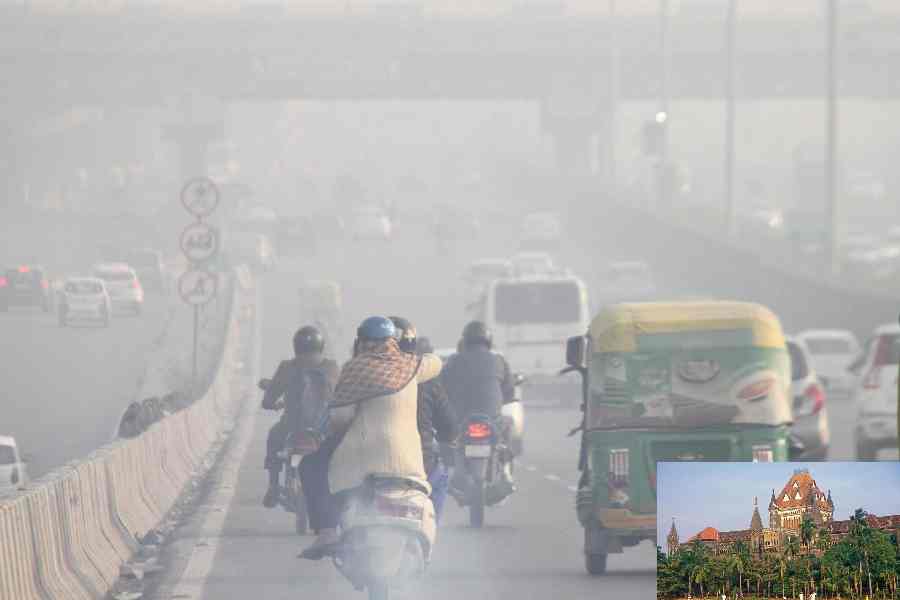With just about seven months left for the 2024 general election notification, the beginnings of the poll campaigns that will galvanise the country are already visible. The parliamentary election that will decide whether Prime Minister Narendra Modi secures a third term is, of course, the big priority. However, the importance of the five state assembly elections in Rajasthan, Madhya Pradesh, Chhattisgarh, Telangana, and Mizoram should not be minimised. A stray Congress victory in Karnataka, after a prolonged drought, for example, sharply bolstered the self-confidence of the entire parliamentary Opposition and was directly responsible for their collective show of strength in Patna and Bengaluru in June and July, respectively. If the Congress manages to replicate its performance in Karnataka in the forthcoming assembly polls, the Opposition will convince itself that the Bharatiya Janata Party is vulnerable. This, in turn, will influence perceptions in the final run-up to the general election in April-May 2024.
As of now, the Opposition has a considerable distance to travel. The belief, particularly in the circles around the Gandhi family, that the creation of the INDIA platform in Bengaluru would be a game-changer has turned out to be needlessly optimistic.
The internal contradictions involving the Congress, the Communist Party of India (Marxist), the All India Trinamul Congress and the Aam Aadmi Party were always there and will remain, until and unless the parties announce seat-sharing arrangements in West Bengal, Punjab, and Delhi. Since the BJP is still some way from making its Lok Sabha debut in Kerala, it is unlikely that the friendly fight between the Congress and CPI(M)-led alliances in the southern state will sour the national mood. At best, it can raise questions within the CPI(M) and other Left parties as to what they are doing participating in a jamboree from which there are no tangible benefits. After all, neither the Left Front nor the AITC would be inclined to seal a seat-sharing understanding in West Bengal with each other. For the two communist parties, membership of the INDIA platform, in effect, means a gift of two seats each in Bihar and Tamil Nadu from Tejaswi Yadav and M.K. Stalin, respectively, achievements that are hardly likely to immortalise Sitaram Yechury and D. Raja.
The coordinated disruption of the parliamentary proceedings over the happenings in Manipur may have conveyed an impression that the political momentum may have shifted sharply against the Modi government. Certainly, this was the impression sought to be conveyed by the English-language media and a section of the intelligentsia that has never been favourably disposed towards the Modi government since its inception in 2014. However, a dissection of the media narrative on Manipur in the Indian languages, particularly Hindi, will indicate that the blame for the turbulence in the northeastern state isn’t being pinned on the BJP-led state government. On the contrary, whereas the English-language media coverage is focussed on human rights, administrative laxity and, occasionally, the BJP’s Hindutva focus, the alternative perspective has focussed on the beleaguered Hindu Meitei community, the unending Kuki pressure on scarce land resources, the opium economy, and the activities of evangelical Christians. In short, there are two completely divergent narratives in circulation — one which paints the BJP as the villain of the piece and demands the immediate resignation of the chief minister and the other that projects N. Biren Singh as a local hero, valiantly upholding the culture of Manipur.
Those familiar with the chronicle of how the story of the post-Godhra riots of 2002 in Gujarat played out on the national scene will detect eerie similarities with the happenings in Manipur. What is important to note is that there is never only one version of events. How the perceptions play out politically is never predetermined. The Opposition imagines it has very successfully cornered the prime minister and forced a no-confidence vote that will give vent to the pent-up anti-incumbency in the country. The reality could be the exact opposite, especially when read alongside the simmering debate over the Uniform Civil Code, the communal flare-up in Gurugram (Haryana), the resurrection of the Gyanvapi dispute in Varanasi and the explosion of national pride in the context of the G-20 summit. That the BJP hasn’t had to struggle to secure a majority in the Rajya Sabha tells a story that is far removed from the tale of Modi as a beleaguered leader struggling for survival.
Ever since he entered the prime ministerial race in 2013, Modi has invited sharply polarised reactions. Till about 2015, before he became fully known all over India, Modi owed his popularity to the image of a doughty Hindu warrior, a modern-day version of Chhatrapati Shivaji. However, with time, this image was complemented by two other attributes.
The first was either the enlargement or the subsuming of Hindu nationalism in Indian nationalism. The prime minister’s robust response to Pakistan-sponsored terror attacks on Indian forces in Jammu and Kashmir was one of the main factors behind the surge in the BJP’s popularity in the 2019 election. The Indian electorate has always displayed a partiality towards strong, no-nonsense leaders such as Indira Gandhi. Modi has benefited from this image and the 2024 election will also test the voter response to the government’s success in making Jammu and Kashmir an integral and unambiguous part of the Indian Union. He will also be asking for the electorate’s response to the opening of the magnificent Ram temple in Ayodhya, an issue that had once divided the nation sharply. In an earlier era, Modi would have been viewed by a significant section of India as a representative of a belligerent Hindu nationalism whose impulses were shared by a minority. Today, he has enlarged the canvas of Hindutva to incorporate mainstream Indian nationalism.
Secondly, Modi has bolstered the aggressive defence of India’s interests with focussed governance. The government’s record of building infrastructure has been both spectacular and unmatched. Today, India is no longer content with being seen as a ‘developing’ country; it wants a place on the global high table.
In the span of 10 years, Modi has elevated himself from being a leader to a national icon. In 2024, it won’t be a presidential election since an election implies an alternative candidate. The difficulty for the Opposition is that it will be a referendum on Modi.











